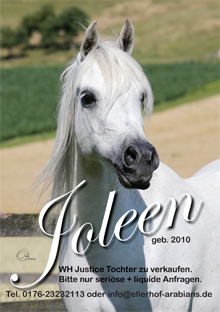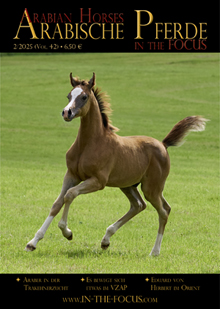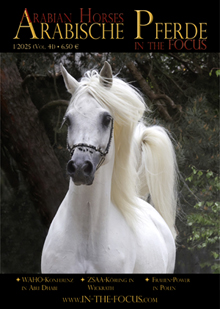Editorial
I know quite a few breeders who breed 4-5 foals a year and are sold out. Others, however, offer their foals like sour beer. The question quickly arises: what is the difference? What factors play a role in horse sales?
Let us assume that two breeders, A and B, have two young horses of the same quality. Breeder A has built up a good reputation over 20 years. He kept in touch with the previous buyers, had reports on how their horse developed and, if applicable, what sporting successes it had achieved. If you, as a breeder, maintain a friendly relationship with the buyer, he will be happy to recommend you as breeder to others – provided that he is happy with the horse. Word of mouth has always been the best advertisement. Breeder B places an ad with bad photos on E-horses, and is surprised that he only attracts bargain hunters – if at all.
For breeder A, the following applies: Every pot finds its lid, and even if it takes sometimes a little longer, the right buyer comes along, with whom you have the feeling that “they are a match”. And yes, a breeder should take a close look at his buyers – personally. He owes that to the horse. And if your gut feeling says those two don’t match, then the purchase should not come about. Breeder A also asks the potential customer about his expectations of the horse, because only if you know the expectations of the buyer, you can you give him professional advice as a breeder or seller on whether the horse in question can also meet these expectations. On the other hand, the new owner must also give the horse the opportunity to develop accordingly – for example through sound training – so that it can also develop its potential. If, for example, the buyer is looking for a horse with big movements and the horse in question also offers it, it must nevertheless be trained accordingly so that it can also show these movements under the rider, for example in dressage. For breeder B it is only important that the “eater” leaves the stable as quickly as possible, because every month the horse costs money – money that cannot be regained through the sales price.
Breeder A gives his horses a solid basic education, because this is the best you can give your horse on the way of life. Basic foals education includes to stay tied up, give hooves, and be easy to load and easy at the farrier. A horse with good manners has an easier life no matter what happens to him. Breeder B, on the other hand prefers, that his young horses live a life of freedom on the pasture all year round, just like wild horses. This might work well, but it doesn’t have to.
Whoever breeds must also sell. But the days are gone when the foals were already sold in the womb. Today you have to put in more effort, have to invest a lot of time, possibly also money, have to be customer-oriented and have perseverance until you find the right buyer. But in the end we owe this to our horses.
Gudrun Waiditschka














